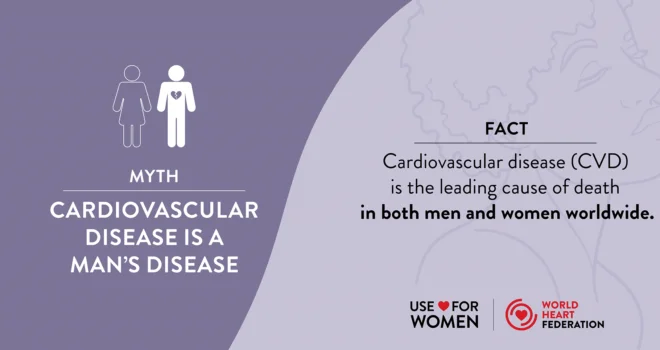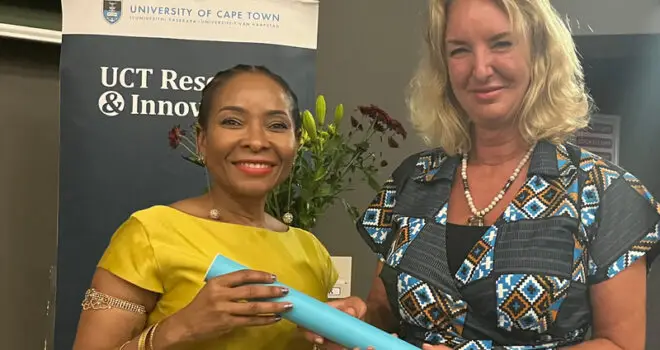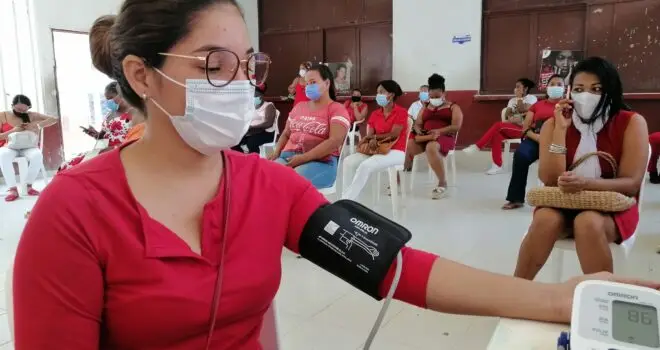Dr Rasha Al-Lamee has at least three calls of duty. A cardiology consultant, senior lecturer and clinical trialist at Imperial College London, she also leads rehabilitation programmes in West London, supporting secondary prevention for patients who have had coronary syndromes or have had angioplasty or bypass surgery. In addition, Dr Al-Lamee is the Northwest London Cardiovascular Speciality Lead for the UK’s National Institute for Health Research (NIHR).
“‘Doctor, are you ok?’ So many patients have asked me this question recently – a question that we doctors usually get to ask first! – that for me it’s come to symbolise the collective kindness that’s emerged during the current health crisis. My favourite phrase from the pandemic has to be ‘key workers’ because it includes everyone bringing care, comfort and essential services to those in need, not just doctors. I’m thinking of the cab drivers, the postal workers bringing needed supplies, the refuse collectors, supermarket workers and many others.
“The chance to help others is why I got into cardiology. I believe cardiology is one of the most evidence-based specialities there is and an avenue for bringing tangible support to those in need. Along my academic path, I was lucky to have mentors and role models, people I admired, who made me realise that cardiology was going to be my calling. In this field, there was always a sense that you could ‘fix stuff’ and return people to some level of normality.
“Then along came coronavirus. How would we fix the complications of this unknown disease in the middle of a new health crisis? It was very unsettling. Where was the evidence? What was the toolkit? And yes, while a lot was being shared, it was mostly on social media and very anecdotal. On a personal level, it was daunting at first. No one in any of my teams was prepared for the directive to update our own next-of-kin details and ensure we had a will in place. We didn’t sign up to be on a ‘frontline’, we didn’t want to be soldiers, and yet on many days, it indeed felt like we were just that in the middle of a war zone.
“The number of heart patients I would normally see reduced to a trickle, a trend observed in many other countries either because patients were afraid to contract COVID-19 or because they thought facilities were crammed. Heart follow-up visits were not occurring with the same frequency and other worrying trends emerged. For example, I saw a young man – a fit and healthy professional with a family of his own – presenting with the late complications of a missed heart attack with a stroke due to a clot in an area of his heart. I could not help but think that perhaps this cardiac complication part of the collateral damage of COVID-19 due to lockdown and a change in the healthcare-seeking behaviour of our patients who were trying their best to protect the NHS by staying away from hospital even when they really needed us. He will make it but what about the others?
“We were expecting more thrombotic events and myocarditis due to COVID-19 but we didn’t see as much of this as we thought we would at the beginning of the crisis. However, maybe this was under-diagnosed and it may have been the missing link in some diagnoses of patients coming in with respiratory distress or difficulty. Recently I treated a patient in outpatients who arrived, incredibly breathless. She had always had normal heart test results and I learned that in March, she went through a two-week period of illness, much like COVID-19. She now has a very weak heart and I’m doing tests to work out what has caused the damage to her heart muscle. Will we see more cases now, of patients who had undiagnosed COVID-19, but with the repercussions of heart disease that the illness is now known to cause?
“In the months since March, we have gained a better grasp of the impact of COVID-19 on cardiovascular disease. Knowing I have what I need to protect myself and my staff makes me more comfortable. But also knowing that telemedicine works, and is likely here to stay, is reassuring for doctors and patients alike. I can phone patients at work and many of them have taken good notes of their condition and by phone, I can arrange for follow-up tests when needed. I have also used Face Time to provide feedback by phone when the news is difficult. We recognise there is no real substitute for the human touch, but we are refining the telemedicine approach and deciding who needs to be seen in person and whom we can connect with across the line.
“COVID-19 has caused social disruption on many levels – dare I say, it isn’t always a bad thing! My nine-year old son drew a cartoon – “the journeys of my mum” – illustrating all sorts of ways to help people in a hospital. The humour gets us through – he now perceives mum as being the important one who goes to work no matter what; Dad, on the other hand, works in finance but he has to stay away from the office and work from home instead!
“I hope we will not have to return to unusual arrangements as we did back in March when my husband and son moved out for three and a half weeks as a precaution. Meanwhile, my sister, an obstetrician-gynaecologist, and a friend who is an HIV specialist – both of whom were drafted in to help with COVID-19 – moved in with me. We were 3 female doctors living in a house in London trying to do as much as we could to help. It was a very strange and scary time.
“I feel very privileged that we were able to contribute in our own way at this time … a time we will always remember.”


